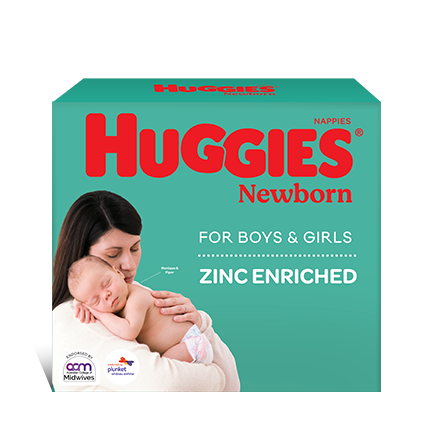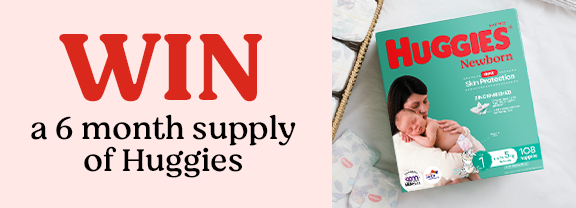Out and About
Kids love to get out and about and explore new places so make sure you do your own exploring too. Try to assess your surroundings for the safety of your child, wherever you are. For example, where are the emergency exits from the indoor play centre or how would you get out of a bus in an emergency?
Car Safety and Road Awareness
(Note: Rules are different in Australia and New Zealand)
- All children must be properly restrained while travelling in a car.
- Weight recommendations vary, always check the manufacturer’s instructions. Here is a general guide to which restraint is appropriate for your child.
In Australia you can only use a restraint that is an Australian Standards Approved restraint.
In New Zealand several restraint standards are accepted, these are approved by the Land Transport Safety Authority.
| Newborn-9kgs | Infant or convertible car seat in the reverse position | Use this until your baby reaches 9kg or up to 12 kgs depending on the model of car seat you own and is at least 70cms in length. A child should remain in the reverse position for as long as possible (ie depending on the model of car seat) and at a minimum to around 9 months of age. |
| 8-18kgs | Child seat/restraint (forward facing) | Use this seat until your toddler is at least 14kgs or until the maximum weight as guided by the manufacturer, their shoulders are too big to fit comfortably or their eye level reaches the top of the restraint.
From 6 months to about 4 years. |
| 14-26kgs | Booster seat with or without a harness. | A booster seat should be used until you child’s eyes are level with the top of the rear seat. It enables an adult seat belt to be positioned safely across your child’s shoulder. Ideally a five point harness would also be worn when your child is in a booster.
From 3 years up to 8 years. |
- It is important to regularly check your child’s restraint to ensure that the straps are not twisted or frayed, that straps are in the appropriate position for your child’s size and that all the buckles and clasps are working properly.
- Your Child Safety restraint should be properly fitted. If it has a tether this should be anchored to a bolt point in the rear of the vehicle. There are various companies and community groups that can provide this service. Contact your local council for further information.
In New Zealand Plunket run a Car Seat Rental Scheme.
- Never use a child restraint in a front passenger seat if there’s a passenger-side airbag. If you must use the front passenger seat, only because there is no rear seat, you should move the front seat back as far as it can go.
- If you child needs attention while you are driving, pull to the side of the road.
- Never leave your child alone in the car.
- Use the child locks on rear doors until your child is at least six years old.
- It’s never too early to reinforce good road rules. When you’re with your children do as the Wiggles say “Cross at the lights, look both ways and look both ways again”. It’s annoying but it works. Teach your children that they should always check for cars even when the lights say “walk”.
- If you are buying a second hand car seat or capsule, it is essential to find out the safety history of the equipment. Never use a restraint that has been involved in an accident. Ensure the straps show no signs of wear, and the protective outer shell is not cracked or damaged.
Out with the Pram
- Ensure the brakes are working well and put these on whenever you stop.
- Ensure the 5 point harness is secure and keep checking that “Houdini” hasn’t managed to escape.
- Don’t overload the pram and make it top heavy otherwise it may tip over.
- Remember that a pram will stick out into the traffic ahead of you. Approach a road and turn your pram to the side, check for a safe moment to cross and then turn your pram towards the curb.
- Get the pram out from the back of your car before allowing your children to get out of the car.
Stranger Awareness
- It is never too early to start reinforcing that your baby or toddler should never take anything, or go anywhere with someone that Mummy or Daddy hasn’t said is OK.
- If your toddler is ever separated from you while you are out encourage them to seek another “Mummy” for help.
- If you are going somewhere that is likely to be crowded and busy like the markets or a festival, for example, The Sydney Royal Easter Show; write your mobile phone number in large writing on the inside of their arm.
- Don’t write your child’s name (especially not their full name) in a very visible place on their bags etc. They could be tricked into following or responding to someone who displays familiarity with their name
At the Park
- Have a quick look around at the equipment in the park to ensure that it is in good order and no spiders are lurking in the corners. Make sure sand pits are clear of any sharp objects.
- Encourage your children to keep their shoes on.
- Set the rule that hats and sunscreen must be on when playing outside. Remember the message from the Cancer Council “Slip on a shirt, Slop on some sunscreen and Slap on a hat”.
- Try to pick a park that has a fenced area and separate toddler area. It will make the day out much more relaxing.
- Supervision is the key. You can guarantee that they will attempt many perilous activities, especially if there are older children playing nearby who have better development and co-ordination.
- Swings at a park are always one of the favourite activities. Teach your toddler to stay clear of a moving swing.
- Be aware that if a park has BBQ’s, they may still be hot from previous use.
Dogs and Cats
- Even the most placid of animals may attack and injure a small child.
- Teach your baby and toddler to respect animals. Also teach that they must only pat a dog that has its owner with it and only if the owner has given permission.
- Check out the Kids and Animals section of this site, for more information and advice from Dr. Katrina Warren about babies and children living safely with pets.
For more information see Child safety or Parenting
Last Published* June, 2024
*Please note that the published date may not be the same as the date that the content was created and that information above may have changed since.





















